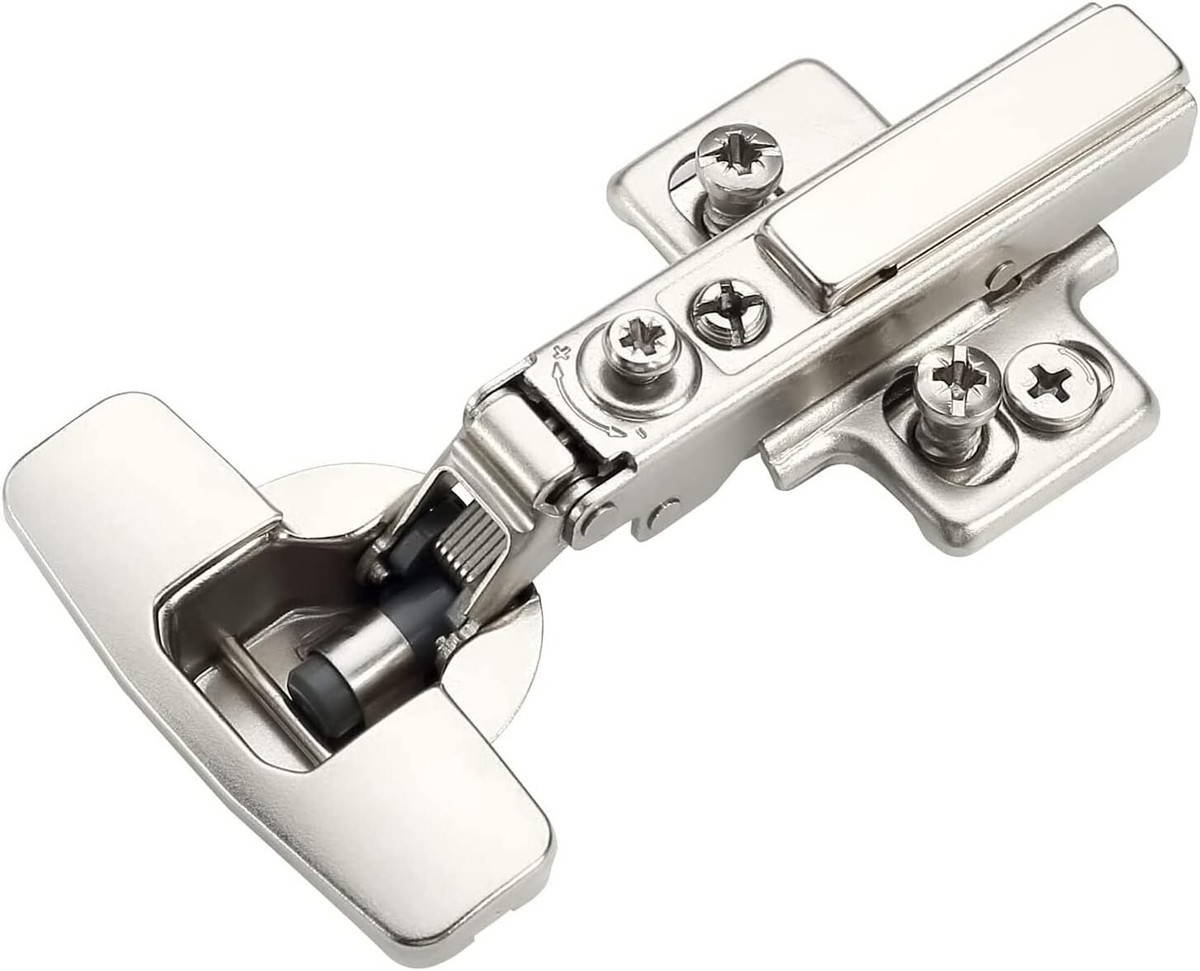Looking for reliable plywood suppliers for your next project? Discover the top 8 Canada plywood suppliers from Canada as well as the USA that are renowned for innovation, quality as well as sustainability. The reputable wood producers can supply you with top-quality plywood suitable for construction or furniture uses.
VINAWOOD
VINAWOOD Co., Ltd was established in 1992 and has grown to become an exporter of plywood and a producer based in Vietnam and servicing customers in North America, Asia, Middle East, as well as beyond.
With a strong commitment to the highest quality standards, sustainable practices as well as customer satisfaction, VINAWOOD has earned a stellar reputation for providing sturdy, high-performance products that are in line with international standards.
There are a variety of different kinds of plywood suitable for all purposes.
As one of the reliable plywood providers, VINAWOOD offers a wide selection of solutions for plywood, that include Film Faced/Formwork Plywood, MDO (Medium Density Overlay) Plywood, Commercial Plywood, and Furniture Plywood. VINAWOOD products are made with 100 percent A-Grade Hardwood Veneers paired with the adhesives created by the company. It ensures long-lasting durability, moisture resistance and multiple applications. They’re perfect for construction, industrial and furniture applications.
In-house quality control and strict testing
VINAWOOD is renowned for its dedication to the highest quality. With its cutting-edge test labs, every batch of plywood is subjected to strict tests of the physical properties as well as adhesive properties. VINAWOOD’s strict quality control procedures ensure that VINAWOOD meets the highest standards of international quality and provides customers with high-performance materials.
Global certifications & Sustainable practices
VINAWOOD has multiple certifications including ISO 9001, FSC, EPA TSCA, CE Marking EN13986 and EUTR compliance certificate. VINAWOOD is dedicated to environmentally sustainable sourcing and security regulations. These certificates reflect VINAWOOD’s commitment to ethical business practices and an innovative outlook.
An international reach combined with local quality
VINAWOOD is the most renowned supplier of plywood and construction products across the world. 60percent of its production is exported, mainly to Canada, the United States, Canada and UAE. The remaining 40% of the production from VINAWOOD is devoted to the Vietnamese market in Vietnam, showing its ability to satisfy the demands of both international and local markets by delivering the same quality standards.
Quality and service
The company’s growth has been built around a single premise that is to provide the highest quality product available with a guarantee of stability and provide outstanding customer service. For formwork as well as furniture manufacturing, or for commercial applications, VINAWOOD plywood offers the durability, reliability, and sustainability that today’s industry demands.
To inquire about partnership opportunities, order for technical inquiries, please reach out to Vinawood directly at
- Website: https://vinawoodltd.com/
- Email: info@vinawoodltd.com
- Tel: +84-83-333-2333
Columbia Forest Products
Columbia Forest Products has been serving the hardwood plywood, cabinetry furniture, millwork and furniture industry since. Headquartered at Greensboro, North Carolina, and entirely owned by employees, Columbia is known for its revolutionary PureBond(r) formaldehyde-free technology that uses soy-based glues to create healthier, eco-friendly plywood options.
With multiple manufacturing plants throughout the U.S. and Canada, Columbia provides a variety of hardwood species including core selections, as well as specific finishes to satisfy a range of demands of its customers. It is dedicated to sustainable forest management and sustainability. Columbia is a certified company with FSC certification and is a leader in the field in green manufacturing. Columbia’s focus on excellence, creativity, and environmental stewardship make it the top option for designers, builders and producers across North America.
Forest Plywood
Forest Plywood is a leading retailer of hardwood lumber, plywood, and specialty panels serving Southern California since 1966. The company has locations at La Mirada, National City and provides hardwood plywood Baltic Birch, MDF and laminates, as well as customized milling that meets the demands of contractors and furniture manufacturers.
Alongside local delivery from Santa Barbara to San Diego, Forest Plywood also ships selected products throughout the nation. Forest Plywood, a woodworking and construction company in San Diego has earned a name for providing quality products, rapid service and knowledgeable assistance.
Georgia-Pacific
Georgia-Pacific is among North America’s top manufacturers of wood products. These include plywood, OSB (oriented strand board) as well as lumber, providing commercial and residential construction markets. Georgia-Pacific is well-known for its reputable brands such as Plytanium (r), DryMax (r), and ForceField. Georgia-Pacific has multiple manufacturing plants located in the U.S., Canada and Europe. They offer high-performance wood products for roofing, flooring, and sheathing applications.
Georgia-Pacific company, which is focused on sustainability and innovation, sources wood responsibly. It also supports LEED(r) green building standards. Georgia-Pacific continues to enhance its manufacturing capabilities to meet the ever-growing demand for long-lasting and eco-friendly wood products and is a trusted source to contractors and builders across the country.
Canfor
Canfor is an established integrated company for forest products, headquartered within Vancouver, Canada, specializing in the manufacturing of top-quality softwood lumber, pulp, papers, as well as engineered wood items. With operations across Canada, the United States, and Europe, Canfor supplies a wide variety of sectors, such as commercial and residential packaging, construction, and industrial applications. Canfor is renowned for its dedication to quality products as well as operational efficiency and customer-focused solutions.
In the spirit of sustainability and responsible forest management, Canfor ensures that nearly every single one of its forests are certified under recognized forestry guidelines. It makes the most of every part of the tree that results in lumber, bioenergy, paper and a variety of other items that add value while adhering processes that are low carbon in their production. Canfor’s strong emphasis on sustainable development, environmental stewardship and superior quality make its a reliable partner for manufacturers, builders as well as distributors around the world.
Royal Plywood
Royal Plywood is a leading wholesaler of specialty panels that have been that has been serving all of the Western United States since 1961. Royal Plywood has multiple locations across California, Nevada and Arizona. They offer a variety of products, including softwood and hardwood laminates, melamine and melamine. Royal Plywood is renowned for its commitment to quality, sustainability and speedy delivery. It is now a partner of choice for architects, designers, and woodworkers.
Royal Plywood offers custom lamination and milling services that help customers create tailored solutions for their furniture, architectural and cabinetry designs. The company is focused on innovation, design, and environmental responsibility, Royal Plywood has built a solid reputation as a reliable supplier to the construction, commercial design, and manufacturing industries for more than six decades.

Anderson Plywood
Anderson Plywood has been a leading supplier of plywood and lumber in hardwoods and softwoods, along with tools, hardware and milling services to the woodworking industry since. The company is located in Culver City, California Anderson Plywood is known for its vast assortment of premium materials which include special plywood, veneers and finishing products for both professional and hobbyist woodworkers.
With over 70 years of expertise, Anderson Plywood has earned a reputation for its excellent customer service, knowledgeable staff, and high-quality milling. If you need furniture manufacturing cabinets, furniture, or other customized woodworking projects Anderson Plywood has the right materials and experience to help clients bring their visions to life.
Richwood Industries
Richwood Industries is located in Grand Rapids Michigan and it’s a distributor and manufacturer of specialty panels, composites and plywood. Richwood Industries was established in 1988, and has since earned an enviable reputation for being a top maker of new products which include PolyBak (r) which is an ultra-high-performance linerboard. They also offer a wide range of markerboards, tackable products and custom drawers. Office furniture, healthcare and education are among the sectors that Richwood supports.
Richwood Industries, a state-of the-art manufacturing facility, focuses on providing custom-made products and services. These include drawer production as well as lamination, delivery and on time. Richwood Industries is well-known for its commitment to providing customers with services and the highest quality. They also offer custom-designed solutions that meet the needs of designers and producers across the United States.
The success of your project is greatly affected when you select the most suitable plywood manufacturer. Top plywood suppliers in Canada and the USA and Canada are not solely focused on quality but also on innovation and service. They will make sure that you get top-quality plywood, whether you are purchasing for construction or furniture. Take a look at their options and build without a doubt.







